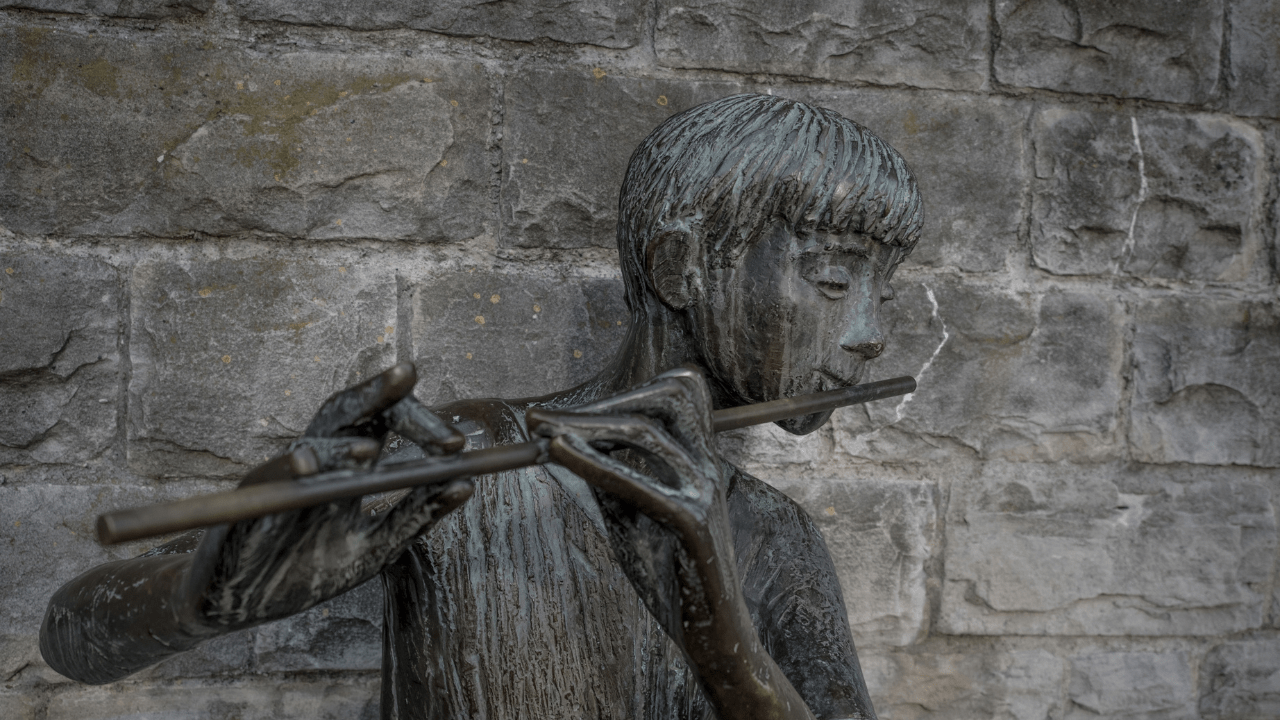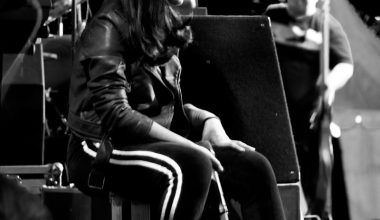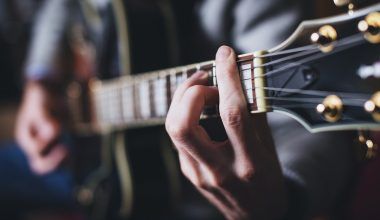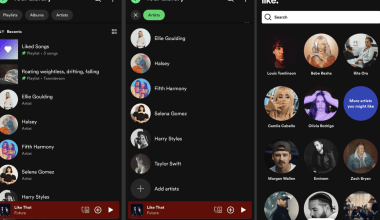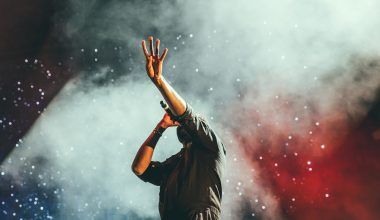If you love making videos or music, you’ve probably heard about YouTube song copyright. It’s a topic that makes many creators nervous. Can you use a popular song? What happens if someone uses your music? These are important questions.
Understanding copyright helps you avoid trouble like having your video removed or your channel blocked. It also helps you protect your hard work if someone uses your song without asking.
This guide will explain YouTube song copyright in very simple terms. Whether you’re a creator or a musician, this blog is for you!
What is YouTube Song Copyright?
YouTube song copyright is a rule that protects the original creators of music. If you made a song, copyright laws ensure that no one else can use it without your permission. This applies to:
- Lyrics: Words written for a song.
- Melody: The tune of the song.
- Recordings: The version of the song that’s been recorded.
Think of copyright like a lock. It keeps your work safe and stops others from taking it without asking.
Why is YouTube Strict About Copyright?
YouTube is a huge platform with millions of videos. People upload songs, covers, remixes, and more. But not every uploader owns the rights to the music. That’s why YouTube has strict rules to make sure everyone follows copyright laws.
If you break these rules, YouTube might:
- Take down your video.
- Stop you from earning money from it.
- Give you a copyright strike. Three strikes, and your channel could be removed!
YouTube uses a tool called Content ID. It scans videos to check if they contain copyrighted music. If it finds a match, the copyright owner can take action.
Common Copyright Problems on YouTube
Here are some issues creators often face:
1. Using Popular Music Without Permission
Let’s say you make a vlog and add your favorite song in the background. Even if it’s just a few seconds, the artist or label could file a copyright claim.
2. Uploading Covers or Remixes
If you sing a cover or remix a song, it’s still copyrighted. You’ll need the original creator’s permission to avoid problems.
3. Music in Public Places
Filming in a cafe or at a party? Background music could still trigger a copyright claim.
4. Fair Use Confusion
Some people think they can use copyrighted music under “fair use.” While fair use exists, it’s tricky and varies from case to case. Most times, it doesn’t protect music use on YouTube.
How to Avoid Copyright Issues on YouTube
The best way to stay safe is to avoid using music you don’t own. Here are some simple tips:
1. Use Free or Licensed Music
You can find copyright-free music on platforms like:
- YouTube Audio Library
- Epidemic Sound
- Artlist
2. Get Permission
For covers or remixes, ask the original creator for permission. Sometimes, you may need to pay for a license.
3. Create Your Own Music
The easiest way to avoid copyright trouble is to make your own songs.
4. Follow the Rules for Attribution
If you’re using free music, check if the creator needs credit. Adding their name and details in your video description is often enough.
5. Check Before You Upload
Before posting, double-check if your video has any copyrighted material.
What Happens if You Get a Copyright Claim?
If YouTube detects copyrighted music in your video, here’s what might happen:
- Monetization Goes to the Owner
The copyright owner could take all the money your video earns. - Video Blocked or Removed
Your video might not be viewable in some countries, or it could be taken down. - Copyright Strike
If the owner files a formal complaint, you’ll get a strike. Three strikes, and your channel is deleted.
Can You Dispute a Claim?
Yes, if you believe you have the right to use the music, you can file a dispute. But be sure you’re in the right, or the claim could escalate.
How to Protect Your Own Music on YouTube
If you’re an artist uploading your music, it’s important to protect it. Here’s how:
1. Register Your Music
Register your songs with organizations like ASCAP or BMI. This proves you own the rights.
2. Use Content ID
YouTube’s Content ID system lets you track where your music is used. You can allow others to use it but still earn revenue.
3. Work with a Distributor
Platforms like Deliver My Tune can help you distribute your music and protect your copyright. They also ensure you get fair royalties when your music is streamed.
4. Keep an Eye on Claims
Regularly check your YouTube account for unauthorized uses of your music.
Myths About YouTube Song Copyright
Let’s clear up some common misunderstandings:
- “I can use any song if I give credit.”
False. You need permission, even if you credit the creator. - “Short clips are safe.”
False. Even a few seconds can trigger a copyright claim. - “Background music doesn’t count.”
False. Any copyrighted music, intentional or not, is protected.
Tools to Help You with Copyright
You don’t have to manage everything on your own. Here are some tools to make it easier:
- YouTube Audio Library: Free music and sound effects.
- Content ID Services: Track where your music is used.
- Social Media Management Platforms: Services like Deliver My Tune help artists handle copyright and grow their brand.
Real-Life Examples of Copyright Issues
- Viral Videos Taken Down
A creator used a popular song in their viral video. The song’s owner filed a claim, and the video was removed. - Covers Without Licenses
A musician uploaded a cover of a hit song. Without the proper license, the video was flagged, and earnings went to the original artist. - Misunderstanding Fair Use
A YouTuber thought they could use a clip under fair use. However, they didn’t meet the criteria, and their video was blocked.
Future of YouTube Copyright
As technology improves, copyright detection will get even stricter. AI tools like Content ID are becoming smarter, so it’s more important than ever to follow the rules. Creators will need to adapt by:
- Using licensed music.
- Understanding copyright laws.
- Partnering with platforms that offer copyright protection.
Conclusion: Be Smart About YouTube Song Copyright
Navigating YouTube song copyright doesn’t have to be scary. Whether you’re a musician or a video creator, the key is to understand the rules and plan your content wisely. Use free music, get permissions, or create your own tracks. And if you’re an artist, take steps to protect your work.
With the right approach, you can avoid problems and keep growing on YouTube. Remember, copyright isn’t just a rule—it’s a way to respect and protect creativity.
Related Articles:
For further reading, explore these related articles:
- How to Become a Successful Music Artist in India in 2024?
- Promo Cards on Spotify: A Game Changer for Artists
For additional resources on music marketing and distribution, visit Deliver My Tune.
